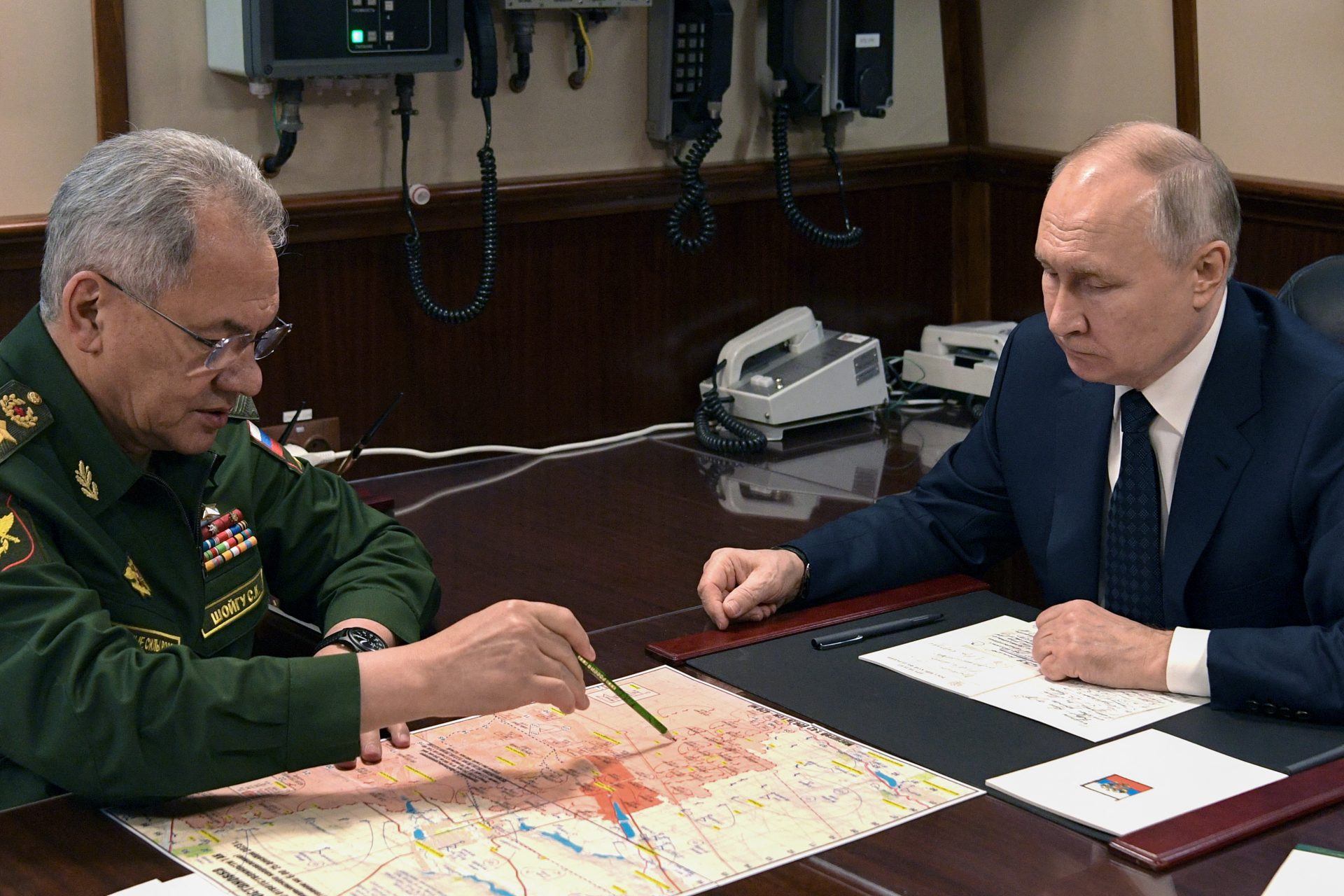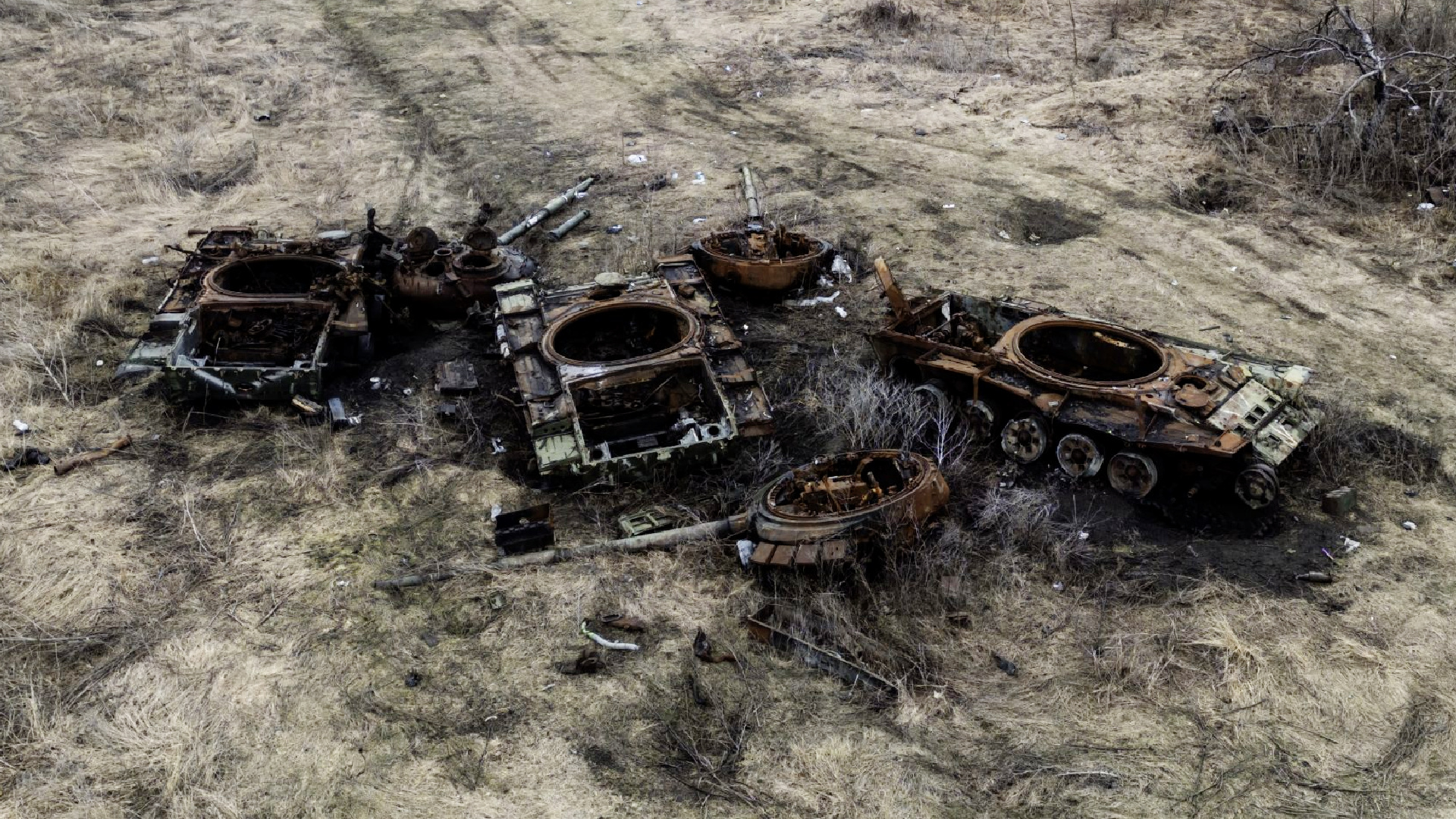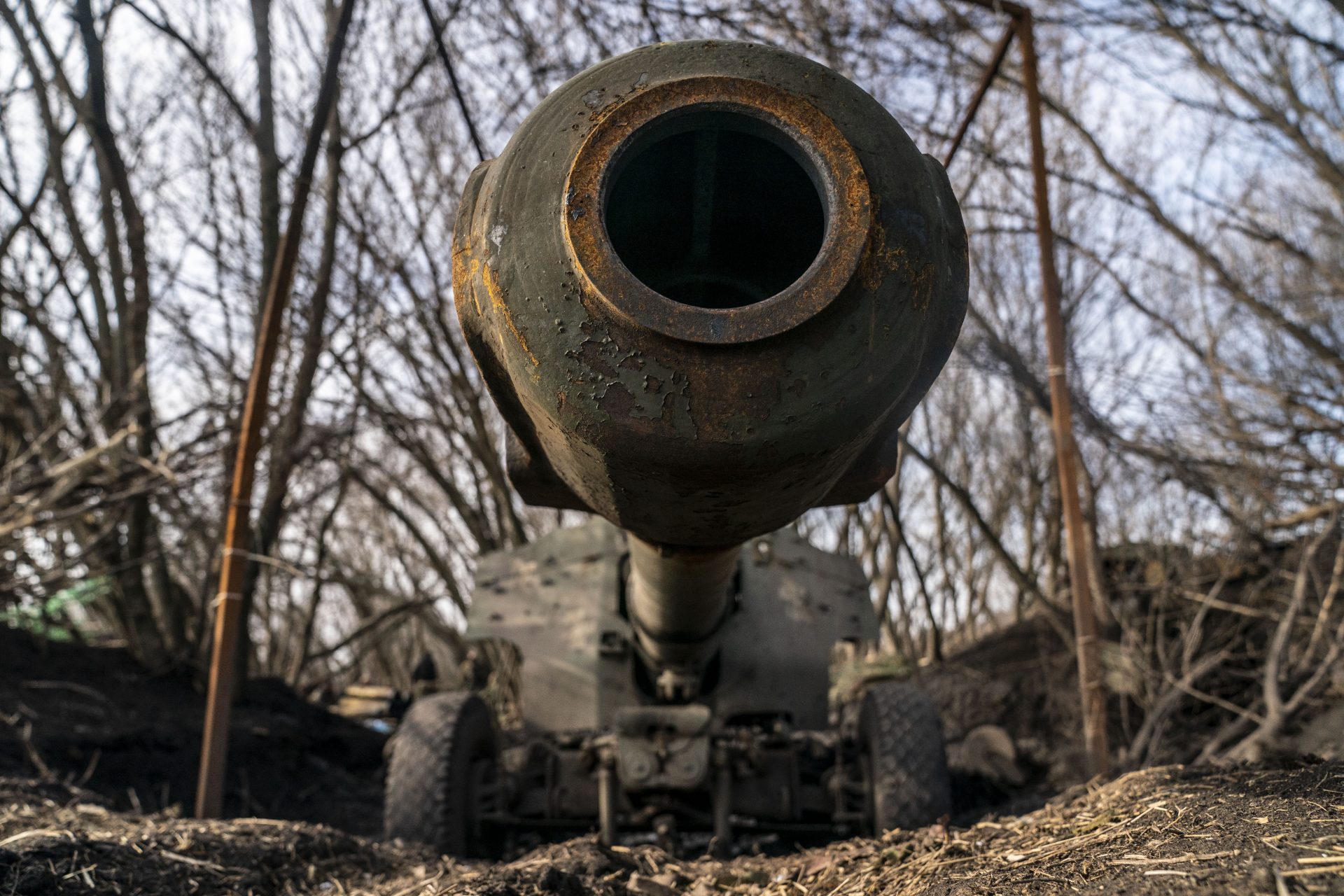Experts say heavy losses mean Putin will change tactics in Ukraine
Since February 2022, a conflict has been unfolding between Russia and Ukraine, characterized by Russia's unsuccessful endeavors to gain control. Initiated by President Vladimir Putin, the conflict has extended for more than 1,000 days, resulting in significant casualties for Russian forces. Analysts indicate that the magnitude of these losses might prompt Putin to reconsider his military approach in Ukraine.
According to U.S. military analyst and senior fellow in the Russia and Eurasia Program at the Carnegie Endowment for International Peace Michael Kofman, Russia may soon lose its biggest advantage over Kyiv.
During an interview with The Intelligencer’s Benjamin Hart, Kofman explained that Moscow would lose its battlefield advantage over Ukraine throughout the winter of 2025 because of the high losses that Russia has suffered.
Hart noted that since the very beginning of the invasion, analysts have focused in on the big number advantage Russia has over Ukraine, and pointed out that while Moscow has learned some lessons, it still has a “meat-grinder mentality.”
“Is there any limit to the Russian supply of troops? Do you see that advantage fading at all, whether because of diminishing numbers or political backlash?” Hart asked. The answer Kofman gave was surprising.
According to Kofman, Russia has been able to weather the storm of the attritional war through the use of its manpower and material advantages, but those advantages may be coming to an end since Moscow is operating under “very significant restraints.”
Kofman assessed that Russia’s “advantage on the battlefield is likely to decline as we get into this winter and look further ahead into 2025.” The reasoning behind Kofman’s assessment is twofold.
First, Russian Soviet-era equipment stocks are dwindling under the weight of extremely high equipment losses in Ukraine. “Russia is eating through its Soviet legacy, and its rate of equipment production is quite low relative to the numbers being lost,” Kofman noted.
Previous reporting on Russia’s dwindling Soviet-era weapons stocks does provide some credence to Kofman’s claims.
For example, in July 2024, The Economist noted Moscow was losing more pieces of equipment than it could produce in most areas of production.
The report noted Russia had likely lost 175 T-90M tanks since the war began, but noted estimates projected Moscow could only produce roughly 90 of the tanks annually, most of which were upgrades of older T-90A models.
Other estimates quoted by The Economist noted that when the Kremlin ran out of T-90A tanks to upgrade, its production of newly built T-20M tanks wouldn’t reach more than 28 annually, which will become a major problem for Russia.
As of November 4th, the Dutch open-source intelligence firm Oryx has been able to verify via video or picture evidence that Moscow has suffered a total of 18,844 units of military equipment since Putin ordered the full-scale invasion of Ukraine.
Russian equipment losses have only risen higher in the weeks since Kofman was interviewed by The Intelligencer. As of December 27th, Oryx reported that Russia has lost a total of 19,683 units of equipment that it can verify
Oryx also noted that based on its verification method, Russian losses were likely much higher than it estimates. Much of these losses have been replaced by Soviet-era stocks, a solution that Kofman and others believe could be close to running its course.
“This doesn’t mean that Russia is going to run out of armored fighting vehicles,” Kofman explained, adding that it did mean Russia would likely have to alter its tactics to minimize losses, which would reduce its chances of an operational breakthrough.
A similar problem faces Russia in terms of its manpower problems. Russia does have a lot more soldiers available in its pool of eligible troops, but the rate of losses that Russia is sustaining is not something the country can continue indefinitely.
“This too does not mean that Russia is going to run out of manpower, but it’s clear that they’re struggling, and they are not likely to be able to sustain this pace of operations, staying on the offensive with this rate of loss,” Kofman noted.
As of November 4th, Ukrainian estimates put Russian military personal losses in the war at 700,390 according to the Ukrainian General Staff. Whether or not that estimate is correct is difficult to know.
On December 27th, the Ukrainian General Staff's latest report on Russian losses in the war noted Moscow has lost 782,510 soldiers since Russia invaded Ukraine in February 2022.
The Ukrainian General Staff's previous estimates have been nearly in line with projections from the UK Ministry of Defence and estimations by U.S. intelligence, but it is important to note that Russia does not publish the number of casualties it has suffered nor does Moscow provide loss statistics for its military equipment.
Never miss a story! Click here to follow The Daily Digest.
More for you
Top Stories
































